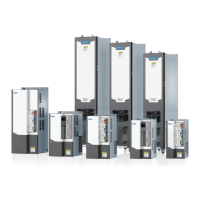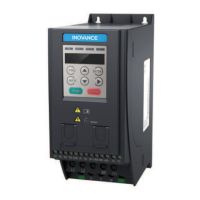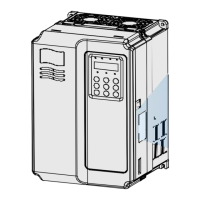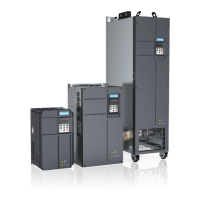6 Options
- 113 -
– Reduce the carrier frequency of the AC drive.
– Shorten the length of motor drive cables.
– Take more leakage current suppression measures.
3) Recommended RCD manufacturers are CHINT and Schneider.
6.3 Selection of Braking Components
6.3.1 Selection of Resistance of Braking Resistor
During braking, almost all regenerative energy of the motor is consumed by the braking
resistor. The resistance of the braking resistor is calculated by the following formula:
R = U × U/Pb
■
U indicates the braking voltage at system stable braking. Its value varies with
dierent systems. The default braking value of the MD880-01S series AC drive is 700
V (reference voltage).
■
Pb indicates the braking power.
6.3.2 Selection of Power of Braking Resistor
In theory, the power of braking resistor is the same as the braking power. However,
in consideration of derating K, the power of braking resistor is calculated using the
following formula:
K × Pr = Pb × D
■
K is set to 50% or an approximate value.
■
Pr indicates the power of the braking resistor.
■
D indicates the braking frequency (percentage of regenerative process to whole
deceleration).
The following two formulas can be obtained:
K × Pr = Pb × D = U × U/R × D
Pr = (U × U × D)/(R × K)
The braking resistor power is calculated accordingly.
K is the derating coecient of the braking resistor. A small value of K prevents the
braking resistor from overheating. K can be increased properly if the heat dissipation
condition is good, but must not exceed 50%; otherwise, the braking resistor may be
overheated, which may cause a re.
The braking frequency (D) is determined by applications. Typical values of braking
frequency in dierent applications are listed in Table 6-3.

